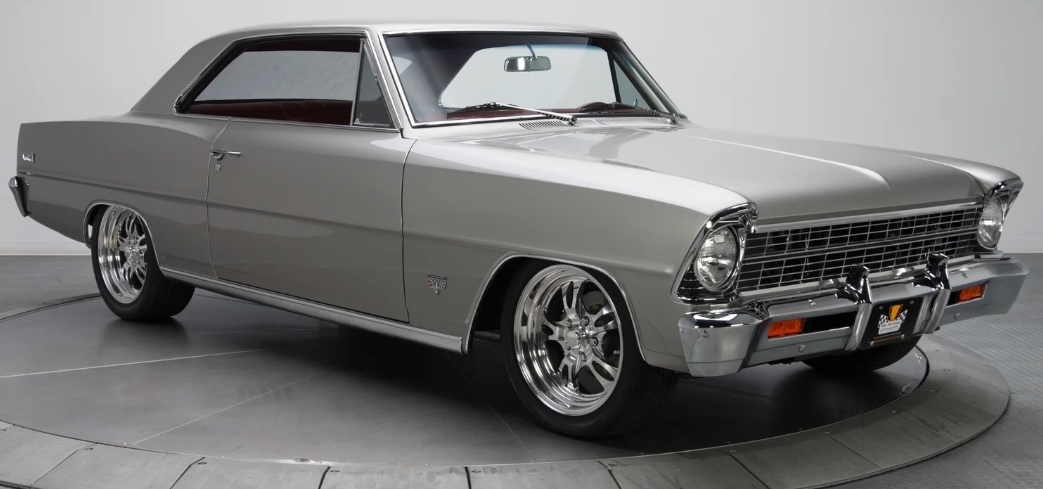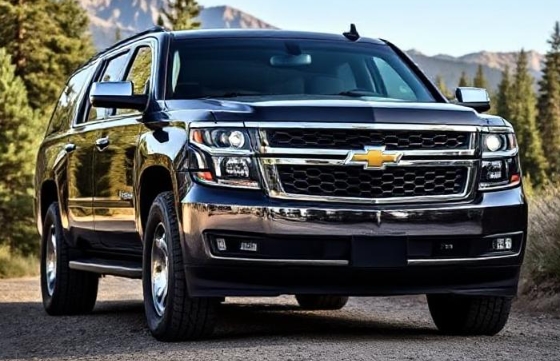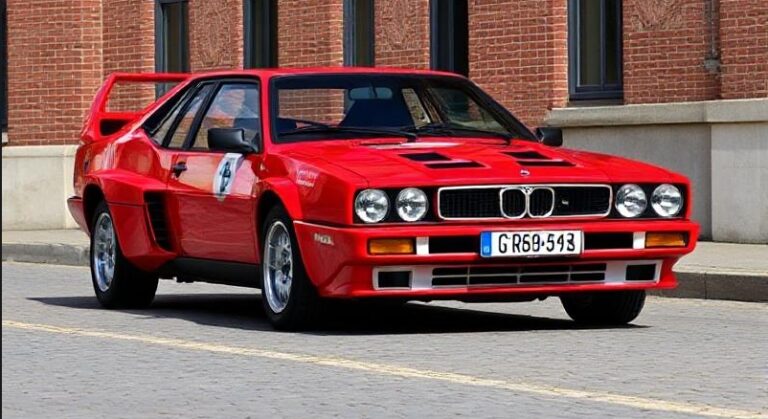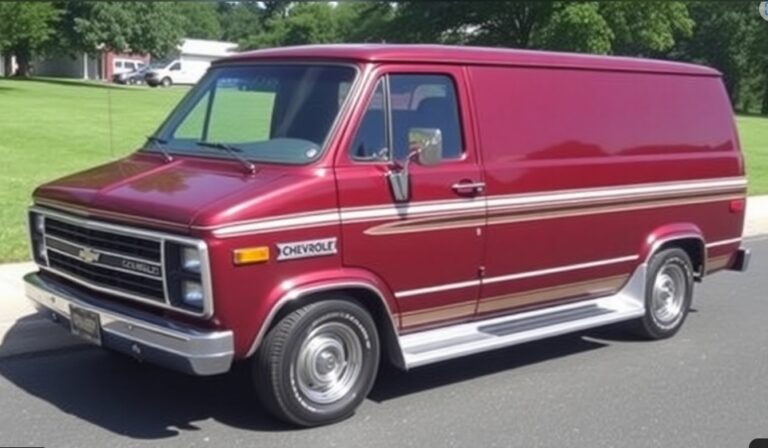The Evolution of the Chevrolet Chevy II: A Comprehensive Overview
The Chevrolet Chevy II is an iconic automobile that has left a notable mark on the American automotive landscape since its inception in the early 1960s. Positioned as a compact car, the Chevy II aimed to capture a growing segment of the market by delivering value, practicality, and performance. In this article, we will explore the evolution of the Chevy II from its debut in 1962, detailing the various models and trim levels offered throughout its production years.
The Birth of the Chevy II (1962–1965)
1962: The Introduction
The Chevrolet Chevy II was first introduced in 1962 as a response to the increasing popularity of compact cars spurred by changing consumer preferences following World War II. The Chevy II was designed as an affordable and reliable option, making it an attractive choice for families and young drivers. The initial Chevy II lineup featured two body styles: a two-door sedan and a four-door sedan, with a station wagon introduced shortly afterward.
Chevy II buyers could choose from three trim levels: the base model was simply called the Chevy II, while the 300 and 400 trim levels provided additional comfort and feature enhancements. Essential features were offered in the base model, while the 300 and 400 trim levels came with increased levels of trim and premium materials.
1963: Expansion of Options
In 1963, the Chevy II received subtle design changes, including a new grille and improved taillights. The 1963 model year also saw the addition of the convertible body style, truly rounding out the new compact’s appeal.
The offering for engines expanded, with consumers having the option of a 194-cubic-inch “inline-six” engine producing 120 horsepower, as well as a 283-cubic-inch V8 engine for those looking for more performance.
1964: The Growth Continues
The 1964 model year brought more significant updates to the Chevy II. A new high-performance model, the Chevy II Nova, was introduced, featuring a more powerful version of the available V8 engine, thus targeting a younger demographic interested in sporty options. The Chevy II Nova did away with substantial trim differentiations, establishing itself as the sporty upgrade in the lineup.
1965: The First Major Redesign
By 1965, the Chevy II was beginning to find its identity. The car underwent a major redesign, with a longer wheelbase, redesigned front and rear ends, and improved suspension for better handling. The lineup was expanded further, and the distinct “Nova” branding was solidified, with the Chevy II badge becoming less prominent. Visually, the car evolved with sleek lines and chrome accents, appealing to a wider audience.
The Nova Takeover (1966–1971)
1966: The Nova Name
In 1966, Chevrolet officially dropped “Chevy II” from the name, redesignating the entire lineup as the “Chevrolet Nova.” This rebranding was accompanied by standard options for bucket seats, a feature that enhanced the feeling of sportiness in the car.
1967: The Muscle Car Influence
The Nova of 1967 saw minor tweaks, with a focus on performance as mid-size muscle cars gained momentum in the automotive market. Chevy offered a “Nova SS” (Super Sport) trim that became iconic for its performance. It came with a 327-cubic-inch V8 producing 275 horsepower, showcasing Chevrolet’s commitment to offering speed and agility combined with compact design.
1968: Innovations and Options
In terms of innovations, the Nova of 1968 can be noted for its improvements in safety and comfort. It offered options like power disc brakes and a larger engine range, including a new 396-cubic-inch V8 for the SS models, allowing for more imposing performance. The buttresses towards sleekness remained, making it a striking vehicle.
1969: Further Customization
The 1969 model year continued the muscular trend initiated in previous years, with customization options expanding. The SS package could be mated with any available V8, and the design retained its sporty aspects.
1970–1971: The Transition Era
The 1970 and 1971 models saw the Nova evolve into a more refined vehicle, shedding some of its compact roots while gradually introducing elements more characteristic of mid-sized cars. This period marked the beginning of the transformation towards a more performance-oriented focus.
.

.
The New Generation Nova (1972–1979)
1972: A Mid-Size Shift
In 1972, the Chevy II Nova underwent another redesign to adhere to the growing trend of larger vehicles. The new generation was wider and slightly heavier, fitting into the mid-size category while still trying to retain some compact appeal.
1973: Early Fuel Crisis Response
The model year of 1973 brought worsening fuel prices, resulting in changes to the powertrains featured in the Nova lineup. Inline-six engines became more prominent than ever as consumers sought fuel efficiency over raw power.
1975: The Dirtier Decade
By 1975, regulations regarding emissions and safety had begun to figure prominently into the vehicle’s design. Chevy adjusted its offerings accordingly, moving further from the performance-focused ethos that had characterized earlier models.
The End of an Era and Beyond (1980 Onwards)
1985: The Last of the Nova
The Chevrolet Nova saw its final production run under that nameplate by 1985 after various iterations and changes, effectively signifying the end of the Chevy II legacy as a distinct entity in Chevrolet’s lineup. The nameplate shifted, and with it, the concept of what it meant to be a “Chevy II” or “Nova” changed dramatically.
Conclusion
The evolution of the Chevrolet Chevy II into the Nova encompassed significant transformations driven by market trends, consumer preferences, and regulatory changes over its production lifespan from 1962 to 1985. From its beginnings as a compact, practical option, to its ascent into the realm of sporty performance, and eventually adapting to the mid-size segment, the Chevy II/Nova can be regarded as a versatile vehicle that reflected the necessities and aspirations of American car buyers across decades.
The legacy of the Chevrolet Chevy II remains embedded in the muscle car folklore and compact car revolution that it astutely navigated, resonating with generational car enthusiasts who continue to appreciate its history, architectural ingenuity, and the pure joy of driving a classic.








